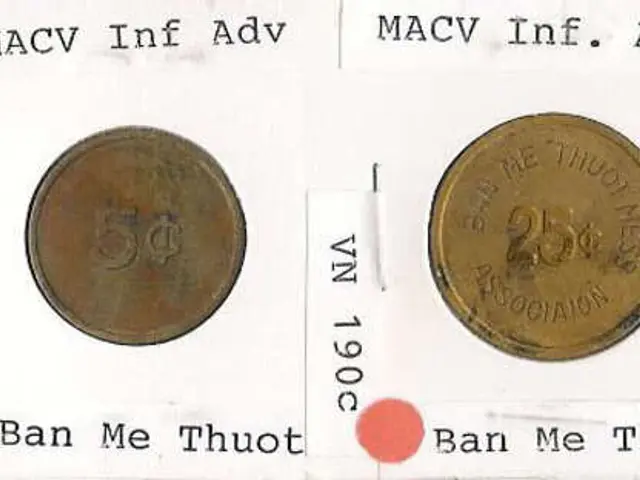Electric Component for Managing Current and Voltage Flow
Resistors are essential electrical components in electronic circuits, designed to limit or regulate electrical current. They work in tandem with transistors and capacitors to create stable circuit responses.
The foundational understanding of electrical resistance can be traced back to Georg Simon Ohm, who formulated Ohm’s law in 1827. This law describes the relationship between voltage, current, and resistance, stating that the current flowing through a resistor is inversely proportional to its resistance and directly proportional to the applied voltage. This can be summarised as V = IR, where V is voltage, I is current, and R is resistance.
Early physical resistors were developed as part of electrical circuit development in the 19th century, but a specific inventor is not clearly attributed. However, Hermann von Helmholtz contributed to related electrical theory but did not invent resistors.
Two common types of resistors are carbon-composition and wirewound resistors. Carbon-composition resistors are made from a mixture of carbon particles and a binding material. These resistors are known for their higher noise level and lower stability in regards to temperature changes. Despite this, they are often used in applications where noise is less critical, such as in early radio designs.
On the other hand, wirewound resistors consist of a metal wire wound around an insulating core. They are valued for their capacity to dissipate significant heat, making them suitable for high-current applications. Additionally, they are made from durable materials that can handle high power levels. However, in AC circuits, inductance can affect their performance, often requiring consideration in specific applications.
Resistors also play a vital role in numerous electronic applications beyond current regulation. For instance, they can regulate voltage, dividing voltage levels in resistive networks, useful in signal processing. They are commonly found in voltage dividers for sensors and in biasing transistors in amplifier circuits. Furthermore, resistors serve to limit current within circuits, protecting sensitive components from excessive current.
In DC circuits, Ohm’s Law directly correlates voltage and current through resistance. However, in AC circuits, factors such as frequency and reactance also come into play.
In conclusion, resistors are fundamental electrical components that play a crucial role in various electronic applications, impacting both voltage management and current regulation. Understanding their workings and the different types available is essential for anyone working in the field of electronics.
Read also:
- Peptide YY (PYY): Exploring its Role in Appetite Suppression, Intestinal Health, and Cognitive Links
- Toddler Health: Rotavirus Signs, Origins, and Potential Complications
- Digestive issues and heart discomfort: Root causes and associated health conditions
- House Infernos: Deadly Hazards Surpassing the Flames








